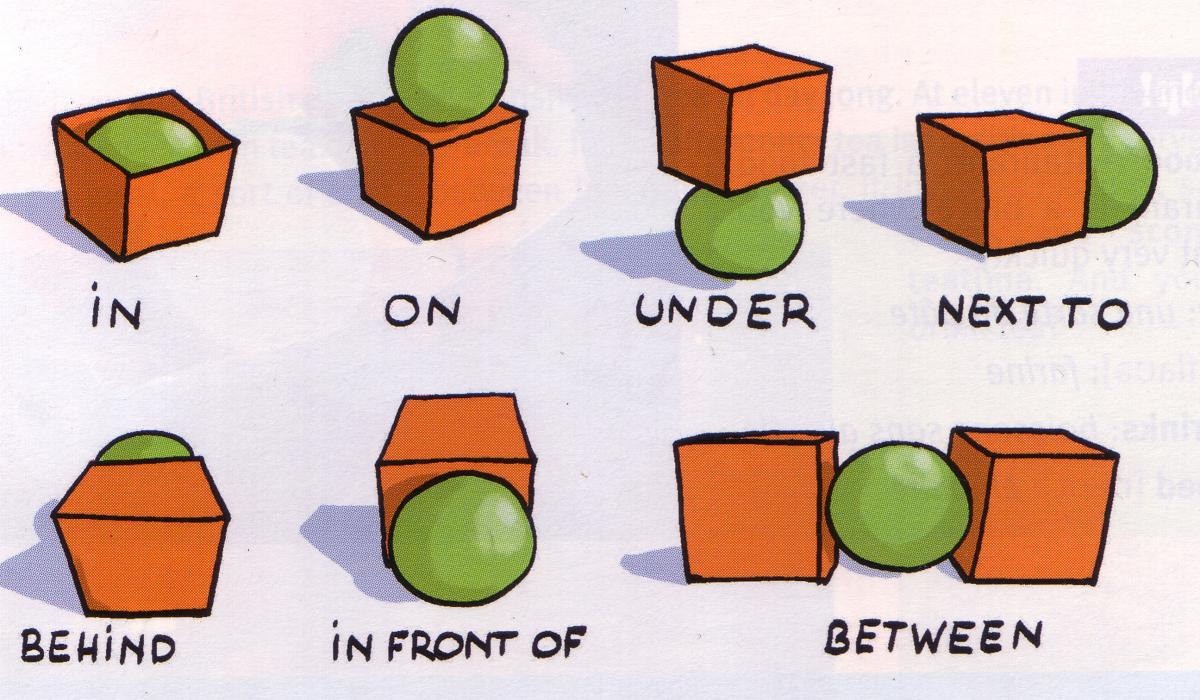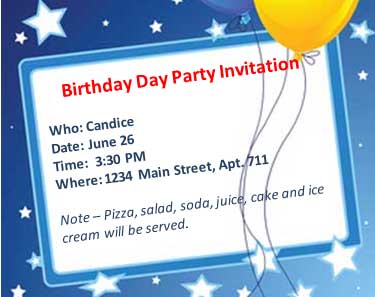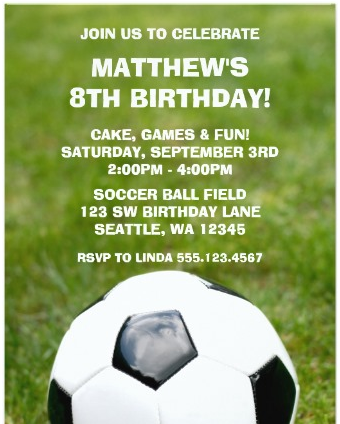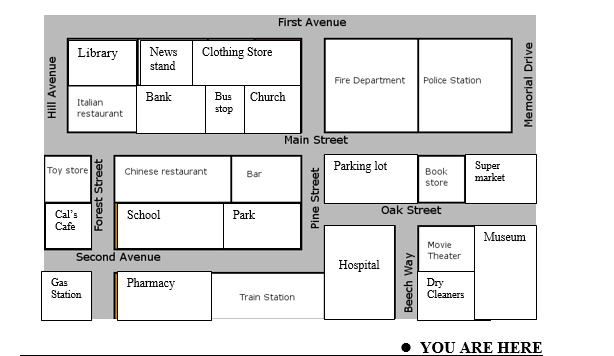Het arrangement 2BBL/KBL/TL Unit 8: People is gemaakt met Wikiwijs van Kennisnet. Wikiwijs is hét onderwijsplatform waar je leermiddelen zoekt, maakt en deelt.
- Auteur
- Laatst gewijzigd
- 18-10-2018 15:12:31
- Licentie
-
Dit lesmateriaal is gepubliceerd onder de Creative Commons Naamsvermelding 3.0 Nederlands licentie. Dit houdt in dat je onder de voorwaarde van naamsvermelding vrij bent om:
- het werk te delen - te kopiëren, te verspreiden en door te geven via elk medium of bestandsformaat
- het werk te bewerken - te remixen, te veranderen en afgeleide werken te maken
- voor alle doeleinden, inclusief commerciële doeleinden.
Meer informatie over de CC Naamsvermelding 3.0 Nederland licentie.
Aanvullende informatie over dit lesmateriaal
Van dit lesmateriaal is de volgende aanvullende informatie beschikbaar:
- Toelichting
- 2BBL/KBL/TL Unit 2: People
- Leerniveau
- VMBO basisberoepsgerichte leerweg, 2;
- Leerinhoud en doelen
- Luisteren naar tv, video- en geluidsopnames; Engels; Dagelijks leven; Gesprekken voeren; Spreken; Luisteren naar aankondigingen en instructies; Gesprekken tussen moedertaalsprekers verstaan;
- Eindgebruiker
- leerling/student
- Moeilijkheidsgraad
- gemiddeld
Bronnen
| Bron | Type |
|---|---|
|
Speel de Kahoot met een klasgenoot! https://play.kahoot.it/#/k/a029ec9a-a0da-46e1-acbb-cbaecc446b5b |
Link |
|
Inleveren uitnodiging en gesprekje 'Invitation to a party' https://csv.itslearning.com/essay/read_essay.aspx?EssayID=207548 |
Link |
Gebruikte Wikiwijs Arrangementen
Het Perron Engels Onderbouw. (z.d.).
2KBL/TL Unit 2: People (in bewerking)
https://maken.wikiwijs.nl/102020/2KBL_TL_Unit_2__People__in_bewerking_

 Dear student,
Dear student,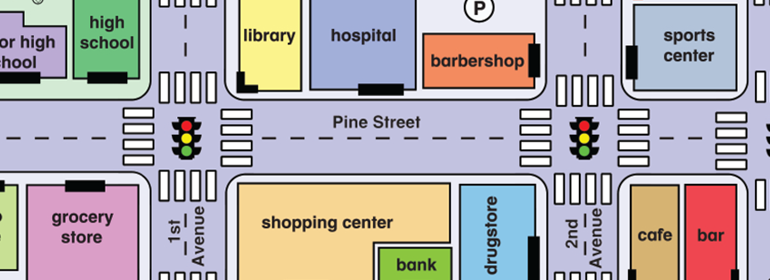


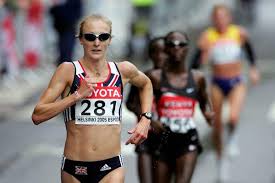

 1. Het is 10 uur.
1. Het is 10 uur.

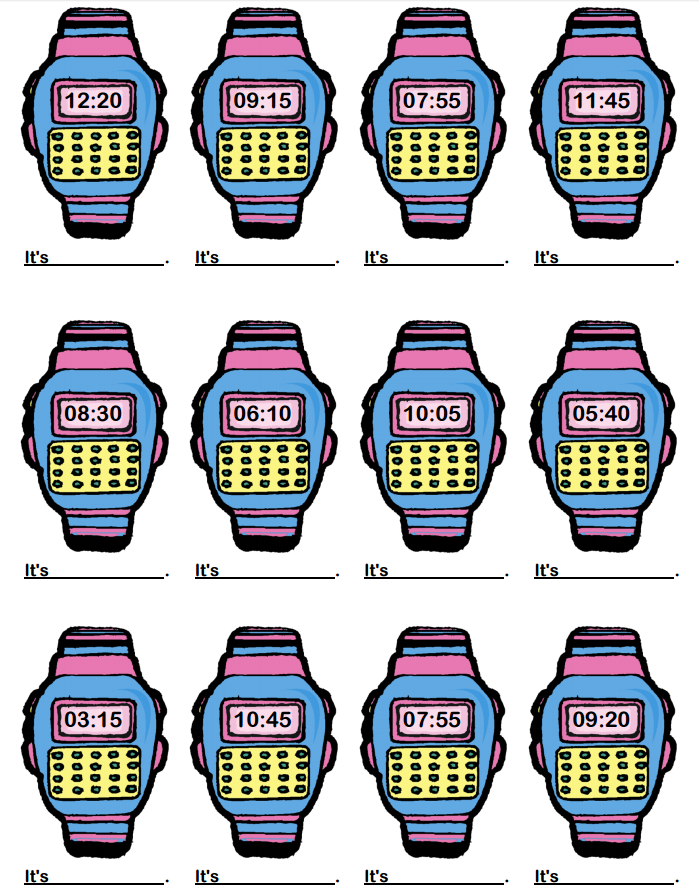

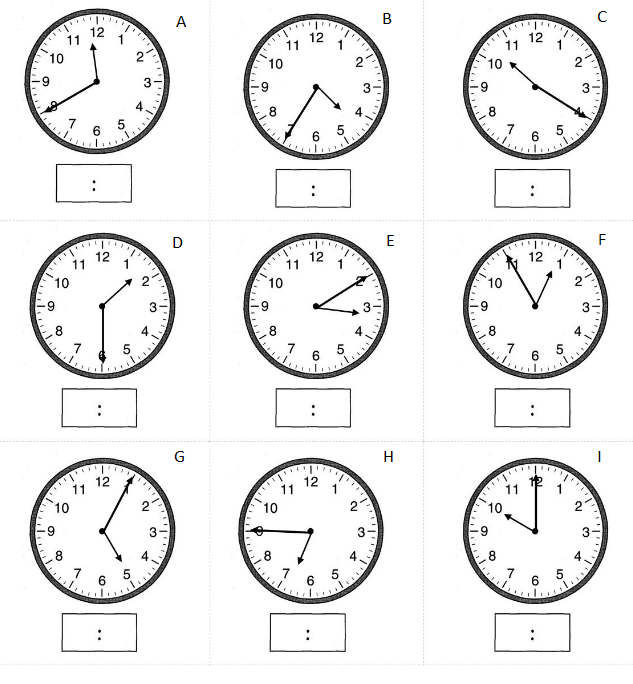

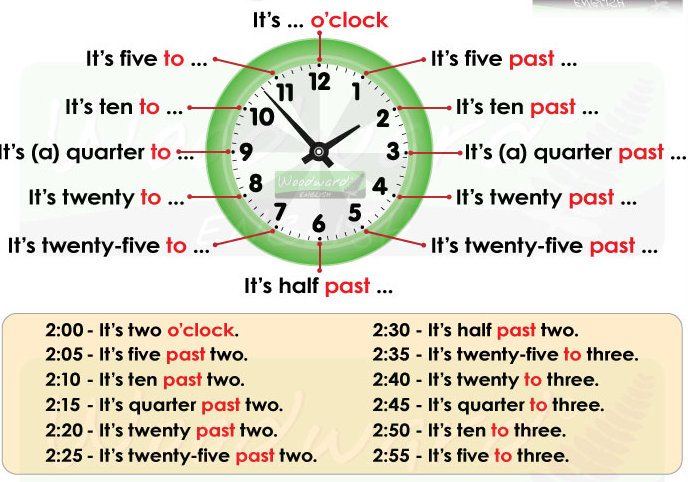


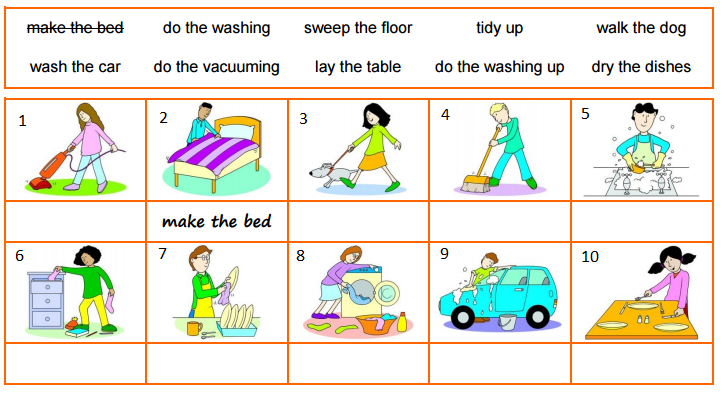

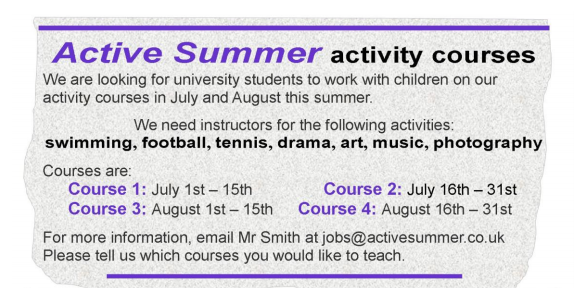
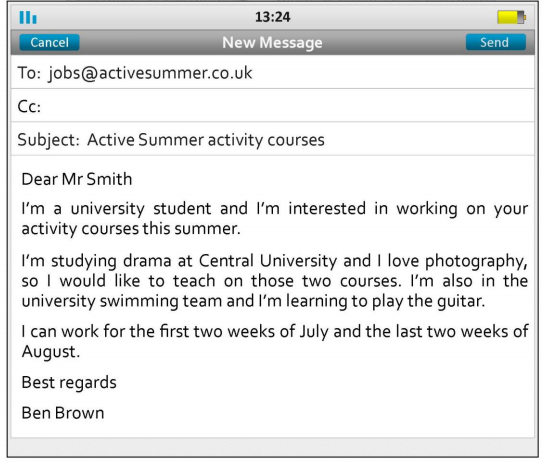


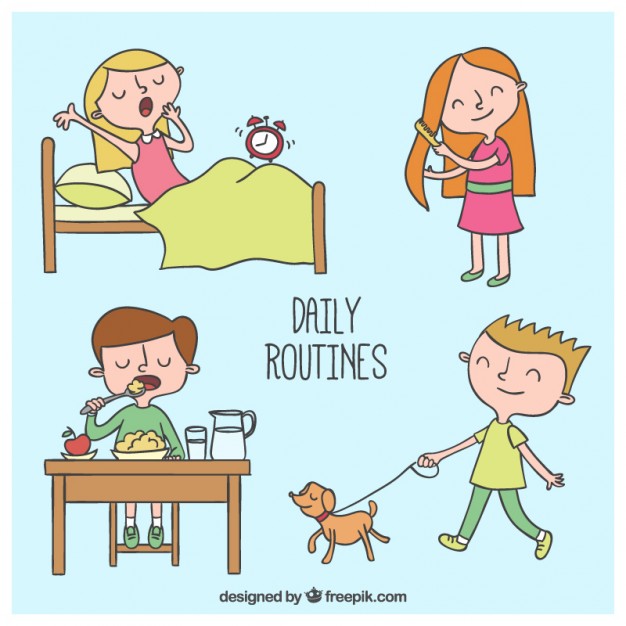

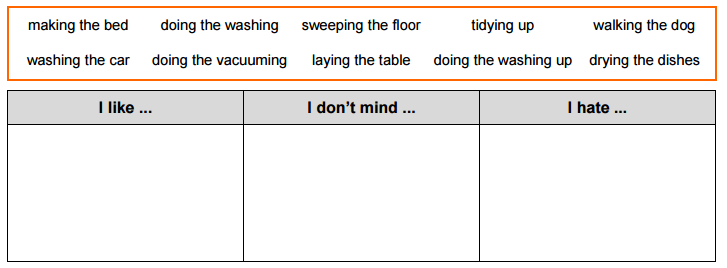
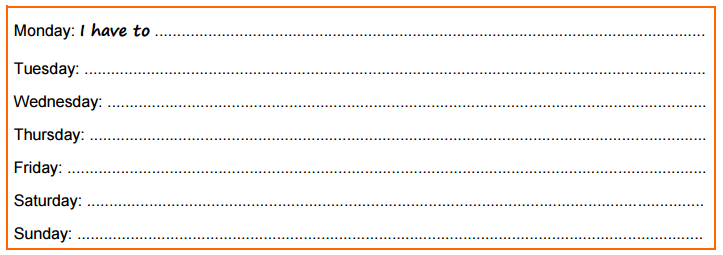

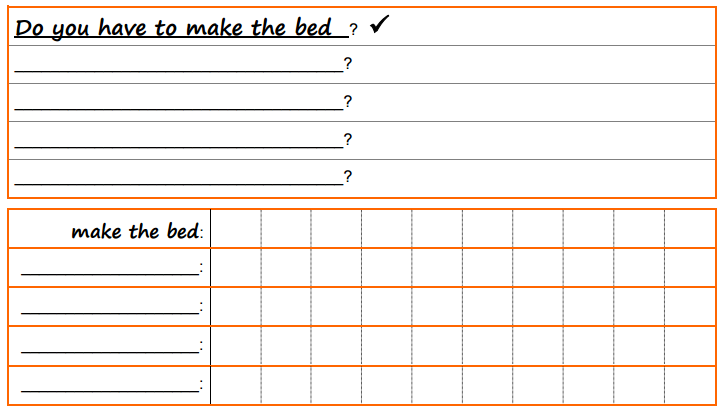


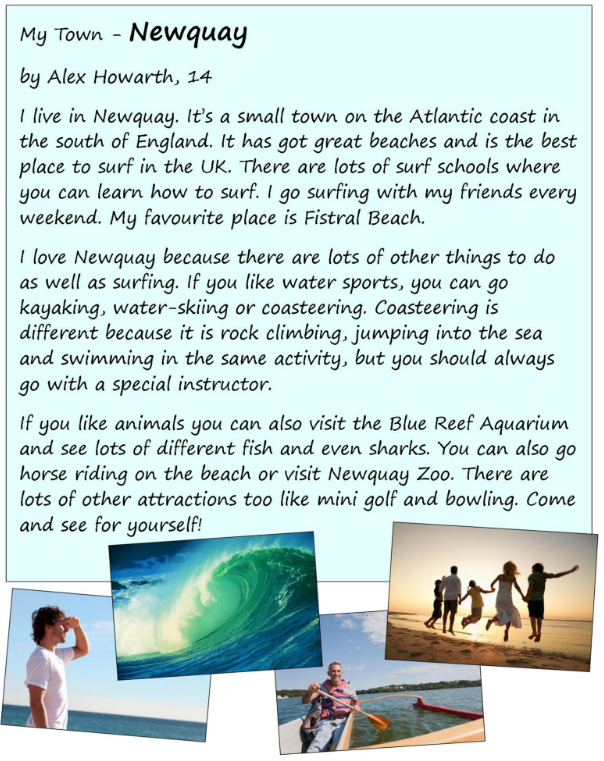

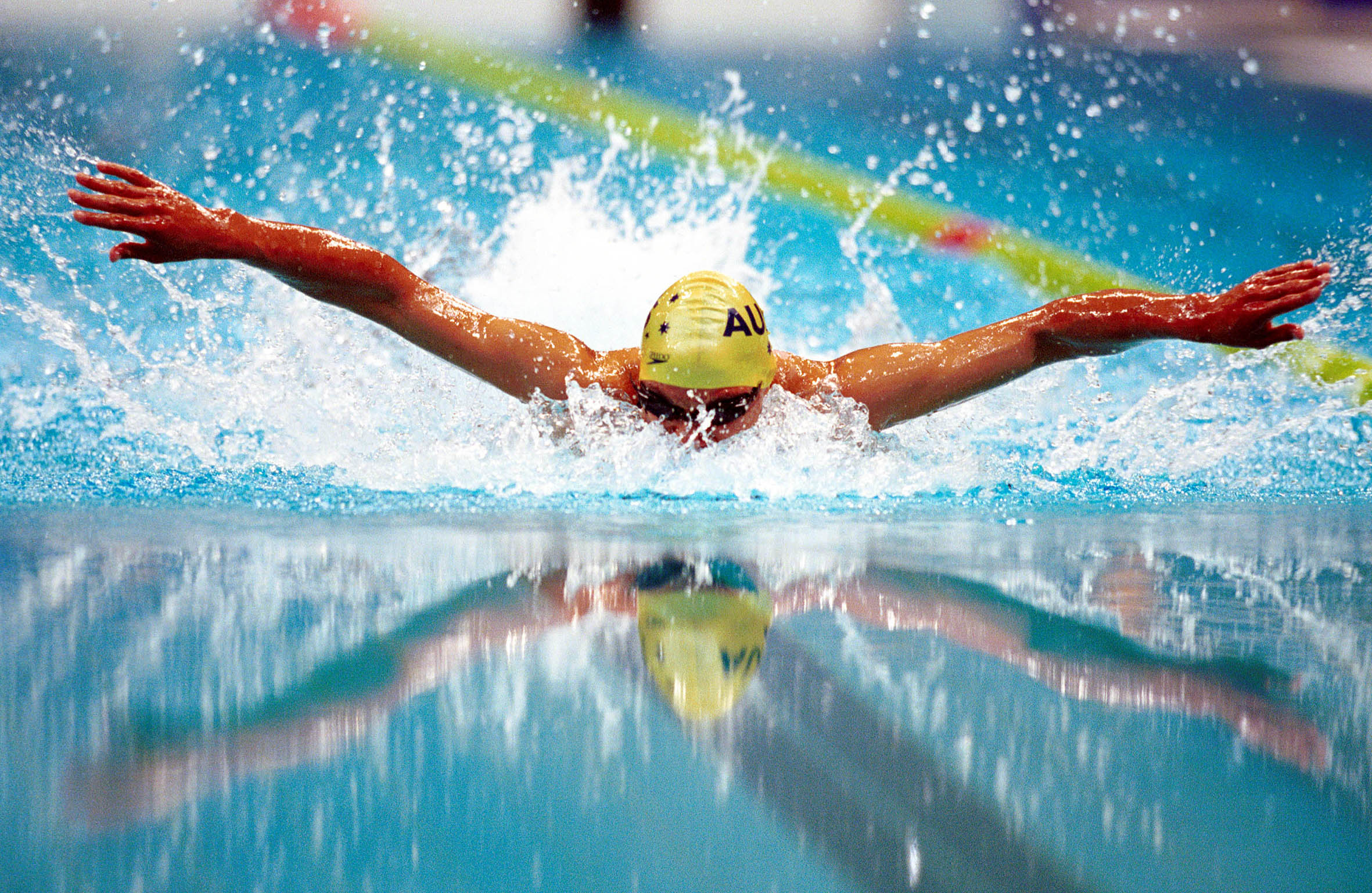
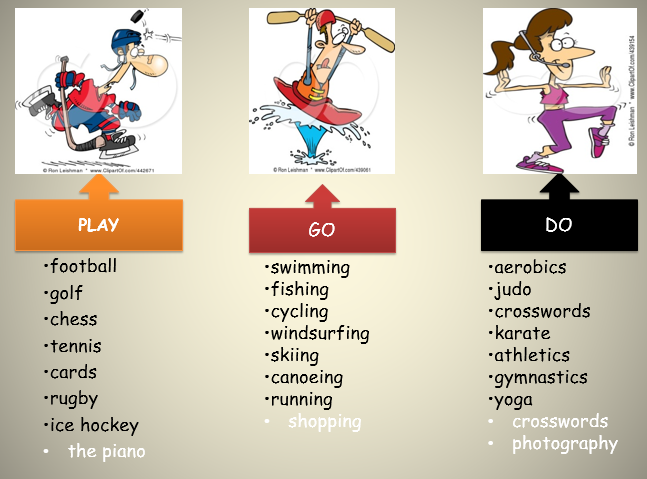
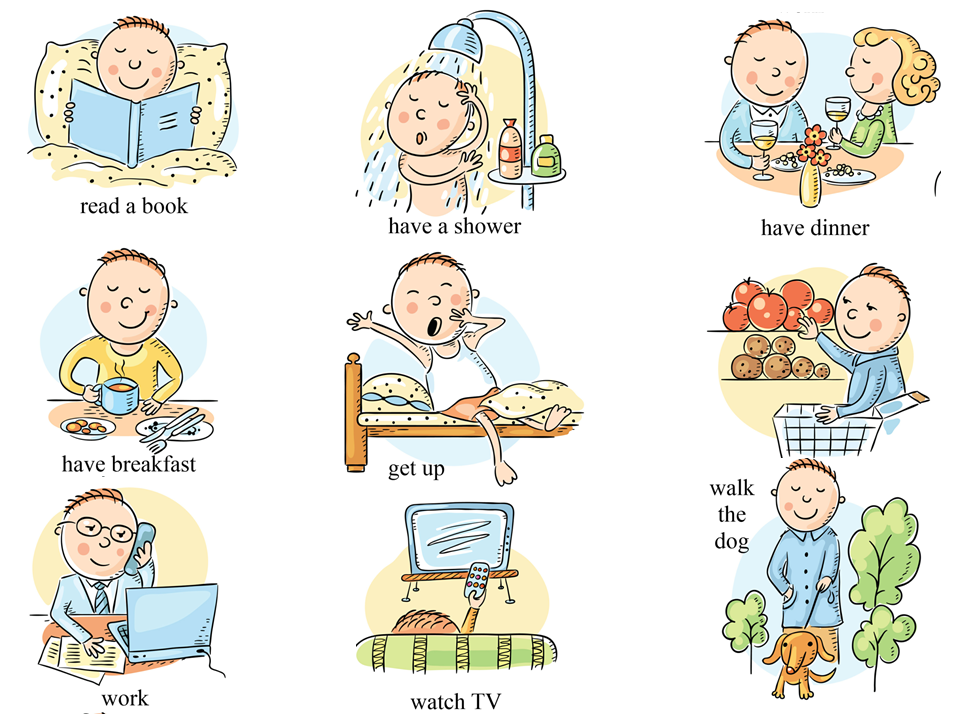
 I can talk about my hobbies and sports.
I can talk about my hobbies and sports. remote places from Tajikistan to New Zealand. She has also gone mountaineering in Tibet and ridden a bike solo across India. She goes rock-climbing to relax! Kristen is skillful and fearless – and some might say crazy!
remote places from Tajikistan to New Zealand. She has also gone mountaineering in Tibet and ridden a bike solo across India. She goes rock-climbing to relax! Kristen is skillful and fearless – and some might say crazy! million Americans. Only 50,000 were doing it in 1989. One of the most extreme of all these sports is BASE jumping.
million Americans. Only 50,000 were doing it in 1989. One of the most extreme of all these sports is BASE jumping.
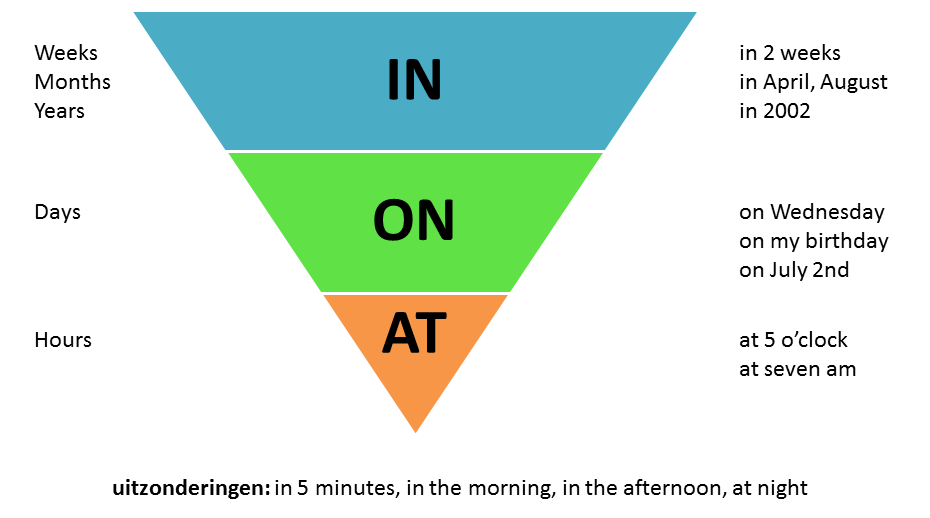 \
\